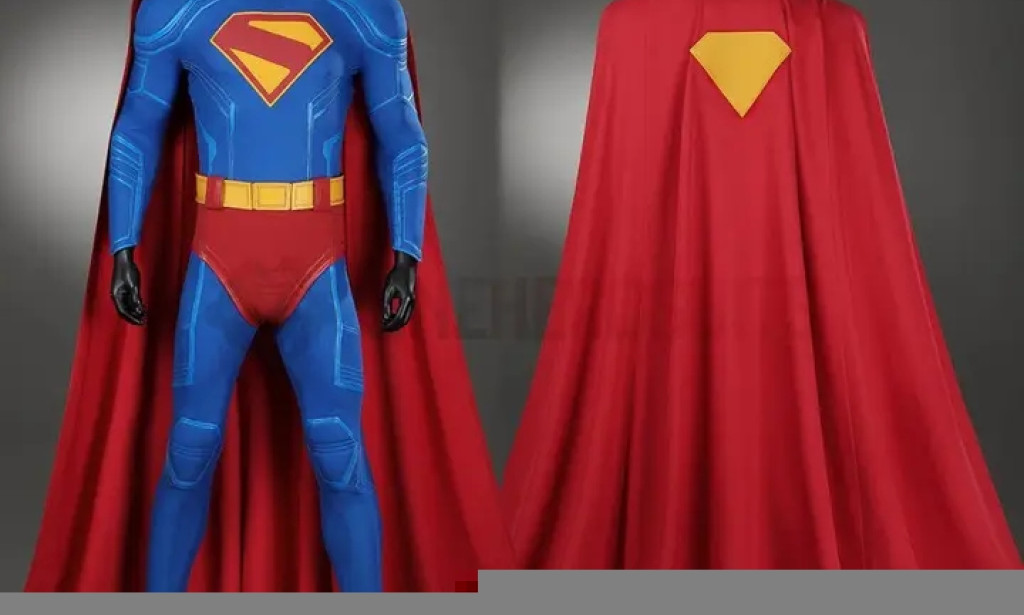1. Defines Characters
Costumes help show a character’s personality, status, profession, and time period without words.
Example: A detective in a trench coat instantly signals their role.
2. Supports the Storytelling
The right costume can reflect emotions, show character development, or hint at plot twists.
Example: A character’s clothes becoming torn and dirty can show hardship or danger.
3. Establishes Time and Place
Costumes can instantly transport the audience to a specific era, location, or culture.
Example: 1920s flapper dresses tell us the story is set in the Jazz Age.
4. Creates Visual Harmony
Costumes work with lighting, set design, and cinematography to create a cohesive visual style.
Example: Matching colors with the background for a unified look.
5. Enhances Audience Connection
Well-designed costumes make characters believable and help viewers emotionally connect with them.
6. Reflects Cultural and Historical Accuracy
In period pieces, costumes help preserve authenticity and respect cultural heritage.
7. Boosts Performance Confidence
Actors often feel more in character when wearing costumes that match their role, improving their acting and stage presence.

You must be logged in to post a comment.